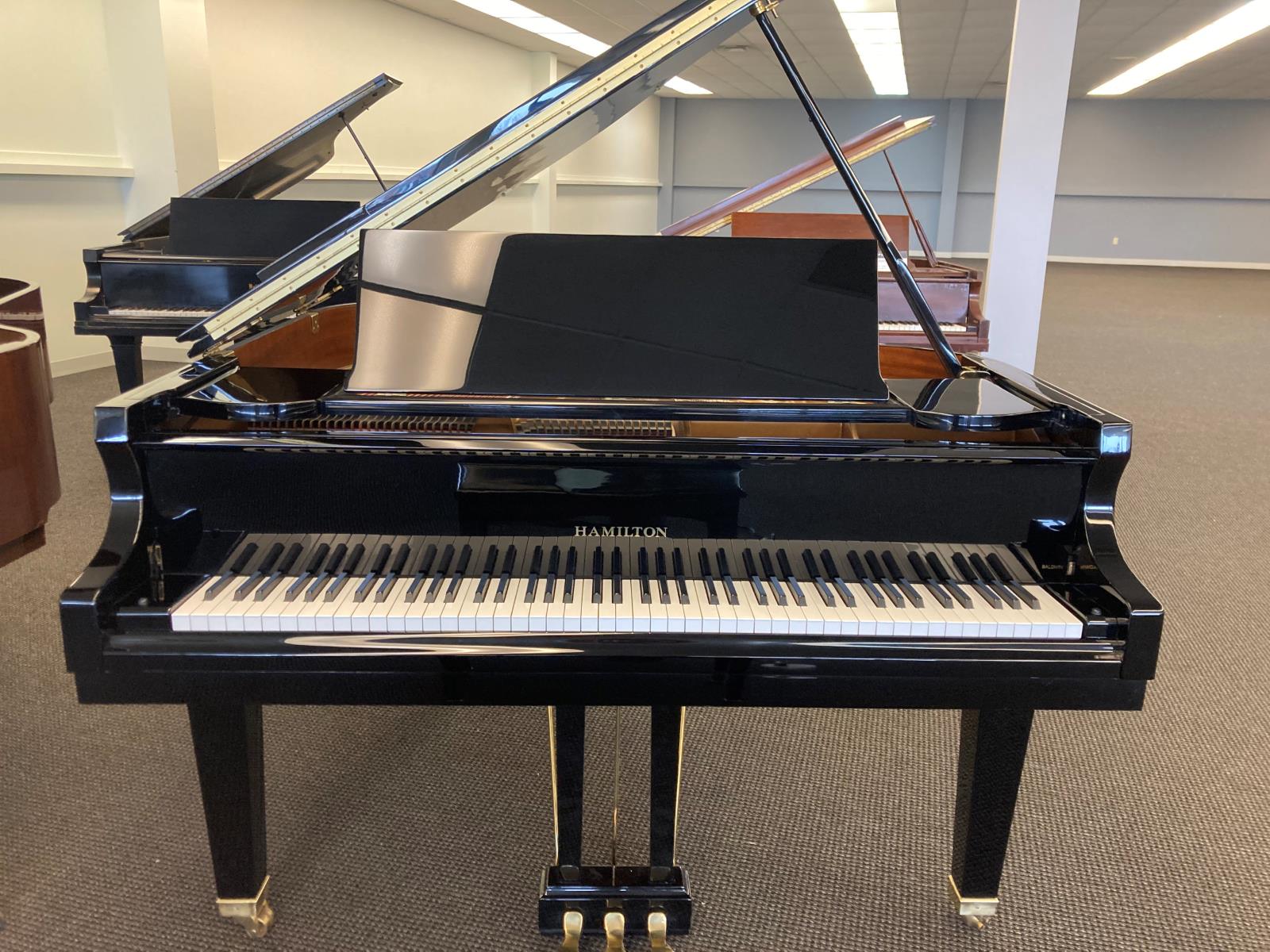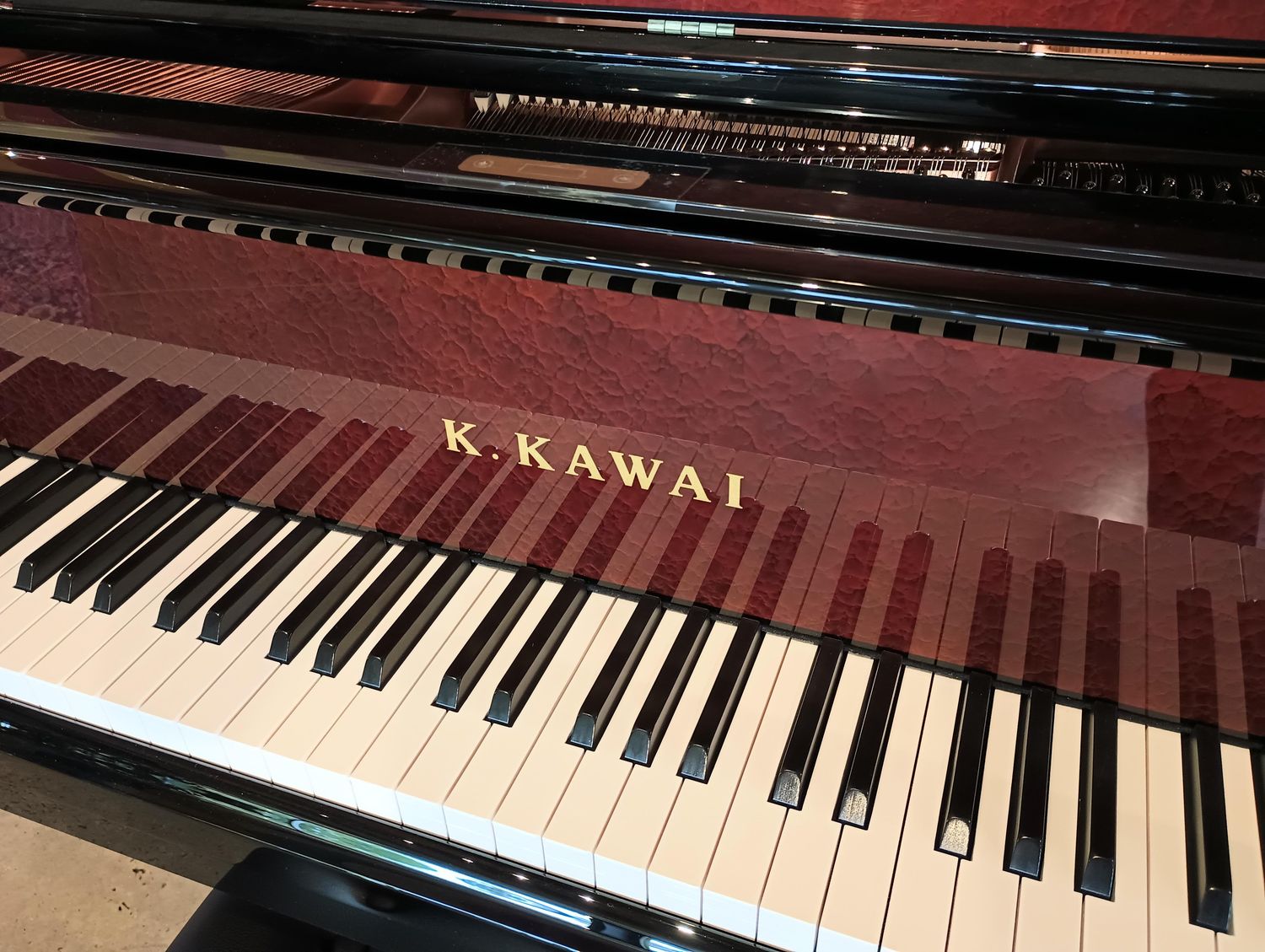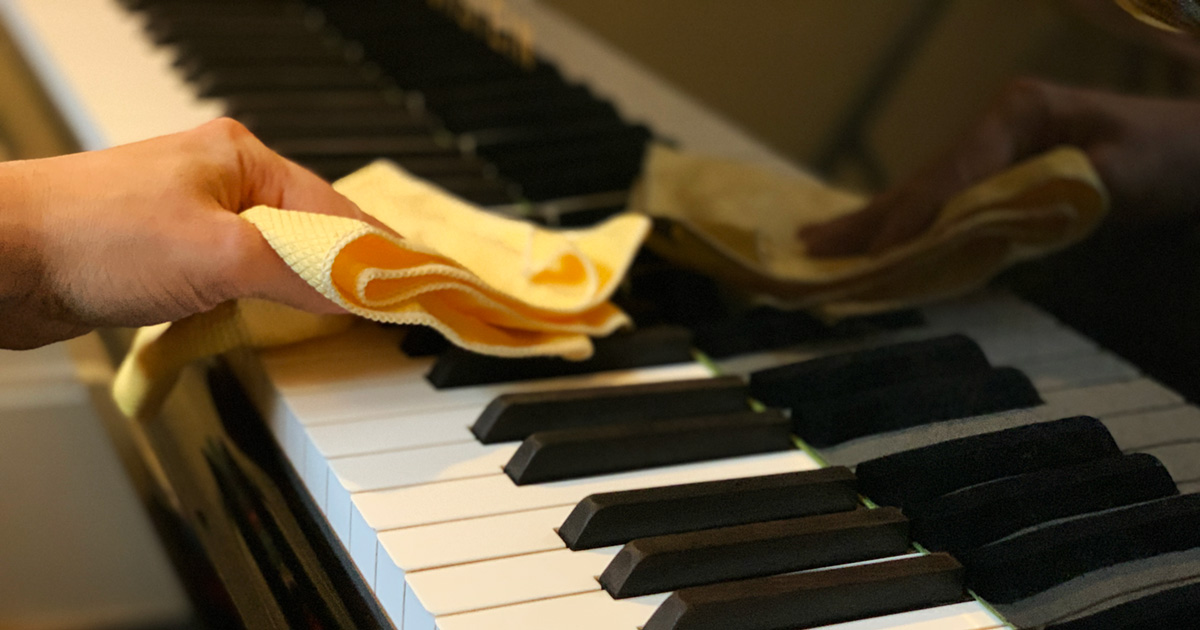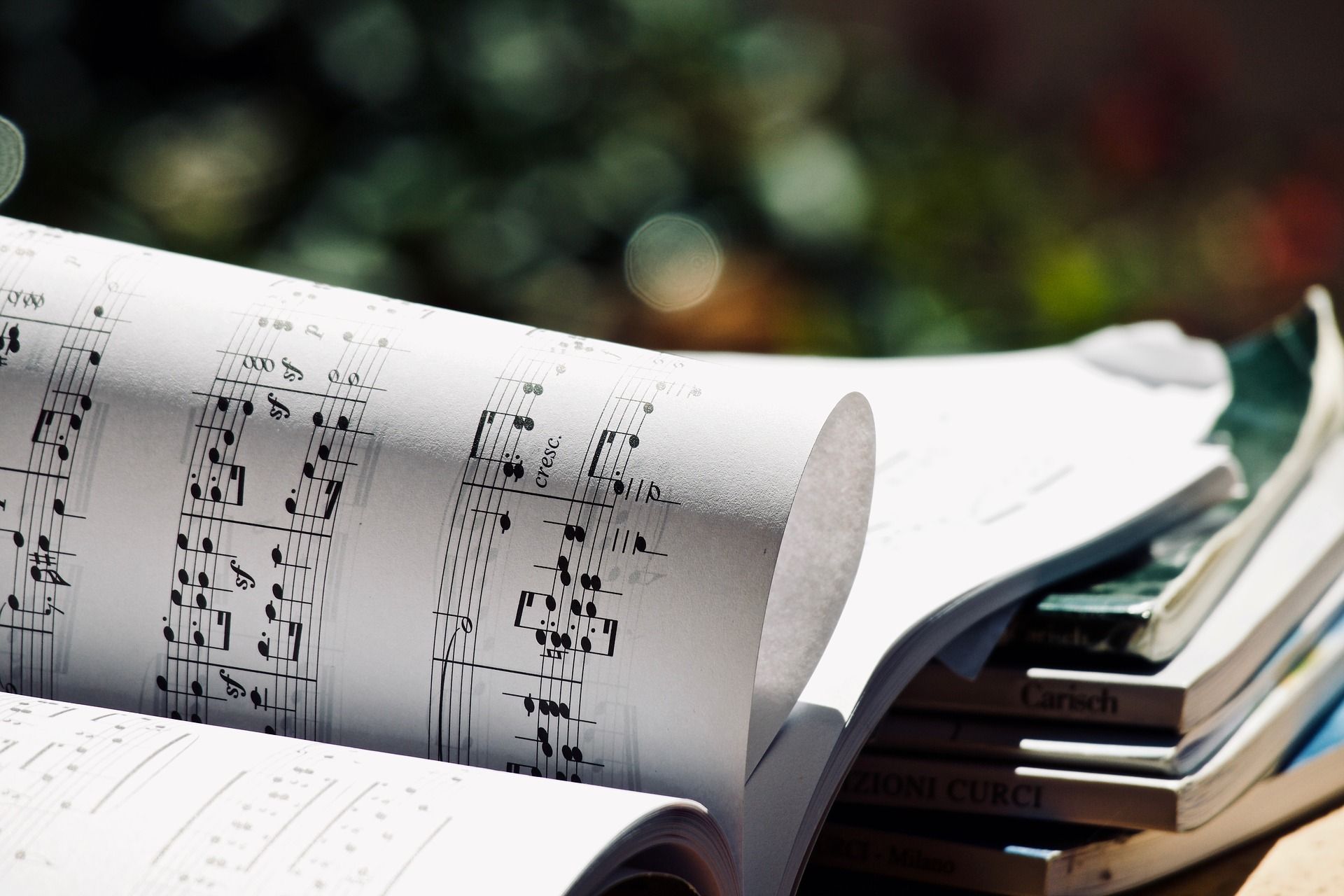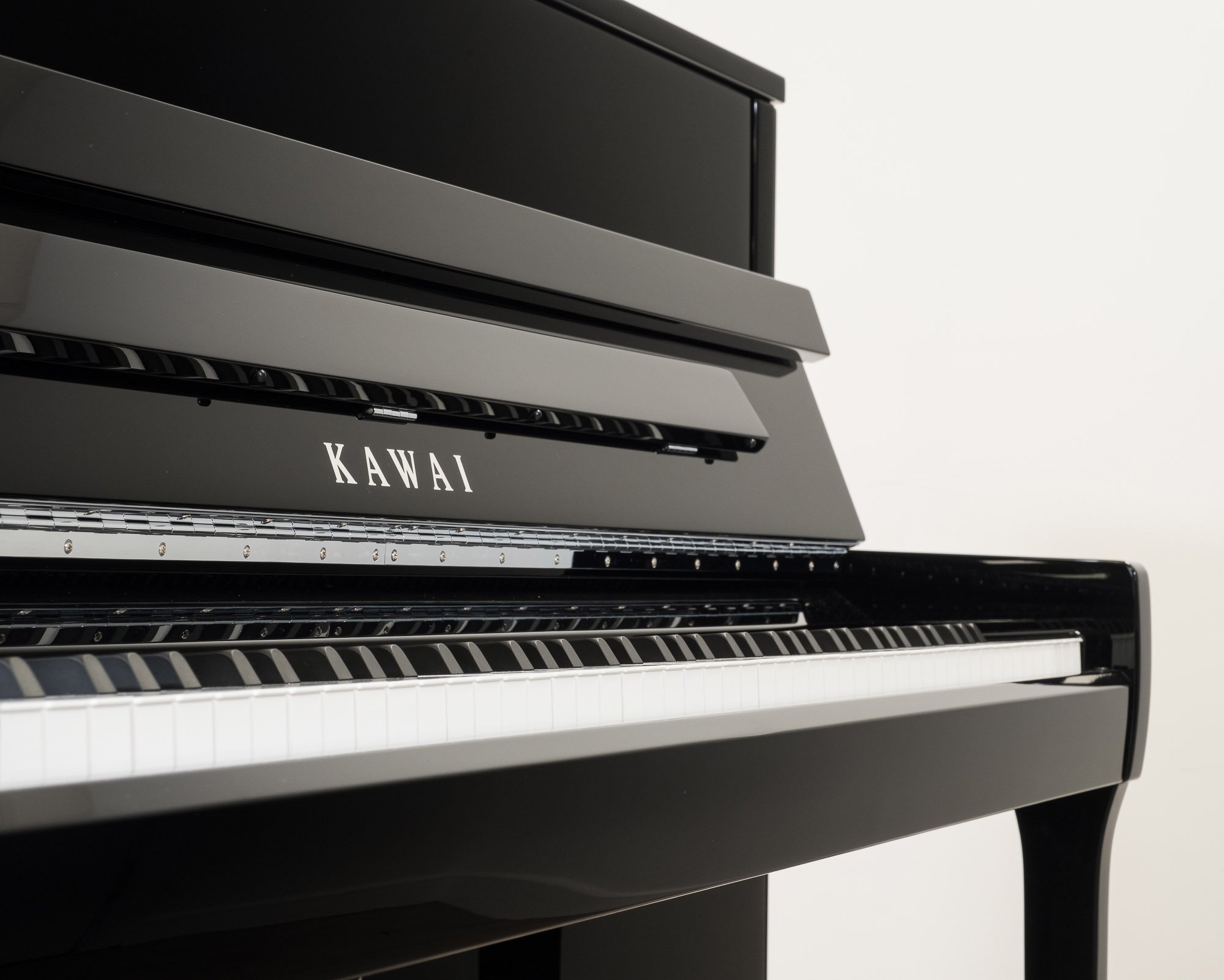Home>Instruments>Piano>What Are Piano Keys Made Of
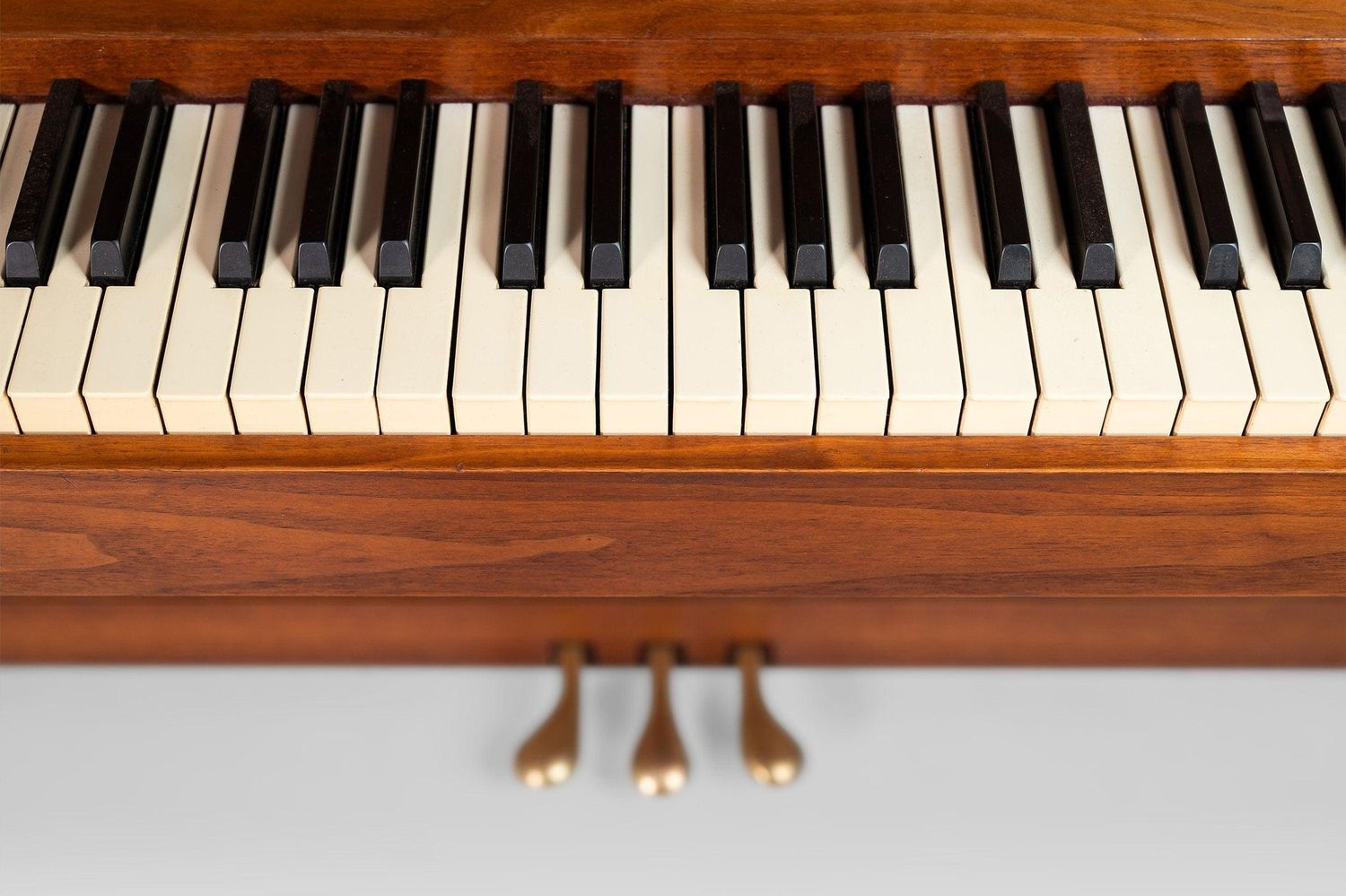

Piano
What Are Piano Keys Made Of
Published: February 11, 2024
Discover what piano keys are made of and how they contribute to the sound and feel of a piano. Learn about the materials used in piano keys and their impact on playing and maintenance. Explore the construction and composition of piano keys with expert insights.
(Many of the links in this article redirect to a specific reviewed product. Your purchase of these products through affiliate links helps to generate commission for AudioLover.com, at no extra cost. Learn more)
Table of Contents
Introduction
The piano is a timeless instrument that has captured the hearts of music enthusiasts for centuries. At the heart of this majestic instrument lies the piano keys, which serve as the gateway to a world of melodic possibilities. The construction of piano keys has evolved over time, reflecting advancements in technology and changes in materials. In this article, we will delve into the fascinating realm of piano keys, exploring their history and the diverse materials used in their construction.
The evolution of piano keys mirrors the evolution of music itself, as well as the advancements in craftsmanship and engineering. Understanding the materials used in crafting piano keys provides insight into the intricate artistry and engineering behind this iconic instrument. From the traditional use of wood to the modern incorporation of synthetic materials, the composition of piano keys has undergone significant transformations.
Join us on a captivating journey as we uncover the history of piano keys and the diverse array of materials that bring these musical marvels to life. Whether you are a pianist, a music enthusiast, or simply curious about the inner workings of this beloved instrument, this exploration of piano keys is sure to strike a chord with your curiosity and appreciation for the art of piano craftsmanship.
History of Piano Keys
The history of piano keys is intertwined with the evolution of keyboard instruments, dating back to ancient civilizations such as the Greeks and Romans. Early keyboard instruments, such as the harpsichord and clavichord, laid the foundation for the development of the piano as we know it today. The earliest keyboards were simple and lacked the sophisticated mechanisms found in modern pianos.
During the Baroque and Classical periods, keyboard instruments underwent significant advancements, leading to the creation of the piano forte, or simply, the piano. The piano’s invention is credited to Bartolomeo Cristofori, an Italian instrument maker, who crafted the first known piano in the early 18th century. This revolutionary instrument featured a keyboard with hammers that struck the strings, allowing for dynamic expression and a wider range of musical possibilities.
As the piano gained popularity throughout the 18th and 19th centuries, the design and construction of piano keys continued to evolve. The standardization of the 88-key piano, encompassing seven octaves plus a minor third, became the norm, providing pianists with a broad range of notes to explore. The development of piano keys mirrored the advancements in piano technology, including the implementation of escapement mechanisms and the standardization of key dimensions.
Throughout history, piano keys have been crafted with meticulous attention to detail, reflecting the craftsmanship and artistry of piano makers. The evolution of piano keys parallels the evolution of music itself, as composers and performers embraced the expressive capabilities of the instrument, pushing the boundaries of creativity and virtuosity.
Today, the history of piano keys serves as a testament to the enduring legacy of the piano as a versatile and beloved instrument, cherished by musicians and audiences worldwide.
Materials Used in Piano Keys
The construction of piano keys involves a meticulous selection of materials to ensure durability, responsiveness, and aesthetic appeal. Over the centuries, piano keys have been crafted from a variety of materials, each with its own unique characteristics and implications for the instrument’s performance. Let’s explore the diverse materials that have been used in the creation of piano keys, from traditional wood to modern synthetic compounds.
Wood has been a longstanding choice for crafting piano keys, prized for its natural beauty, resilience, and acoustic properties. Historically, piano keys were often made from high-quality hardwoods such as ebony and ivory, prized for their density and ability to withstand the rigors of frequent playing. The use of wood in piano keys reflects the tradition of artisanal craftsmanship and the timeless allure of natural materials.
Plastic has emerged as a prevalent material for piano keys, offering a cost-effective and versatile alternative to traditional wood. Modern piano keys are frequently constructed from high-quality plastics that exhibit exceptional durability and uniformity. The use of plastic allows for precise shaping and consistent performance across the entire keyboard, catering to the demands of professional pianists and ensuring longevity in diverse playing environments.
Ivory, once a coveted material for piano keys due to its luxurious appearance and smooth texture, has been largely phased out due to ethical and environmental concerns. However, historical pianos may still feature ivory key coverings, showcasing the opulence and prestige associated with this rare material. The transition away from ivory underscores the contemporary emphasis on sustainability and ethical sourcing in piano manufacturing.
In addition to wood, plastic, and ivory, other materials such as bone and composite compounds have been utilized in the construction of piano keys, each contributing distinct qualities to the playing experience. The selection of materials for piano keys reflects a balance of tradition, innovation, and practical considerations, ensuring that pianists can unleash their musical expression with confidence and precision.
Wood
Wood has long been revered for its timeless elegance and exceptional acoustic properties, making it a cherished material for crafting piano keys. Historically, high-quality hardwoods such as ebony and ivory have been prized for their density, resilience, and aesthetic appeal, shaping the sonic and tactile experience of playing the piano.
Ebony, renowned for its rich, dark hue and smooth texture, has been a preferred choice for piano keys, imparting a sense of sophistication and luxury to the instrument. The density of ebony contributes to the keys’ durability and allows for precise shaping to accommodate the intricate mechanisms within the piano action. Pianists appreciate the responsiveness and tactile feedback offered by ebony keys, enhancing their ability to convey nuanced expression and dynamics in their performances.
Ivory, celebrated for its opulent sheen and velvety feel, has historically adorned piano keys, adding a touch of refinement and exclusivity to the instrument. The use of ivory key coverings exemplified the artisanal craftsmanship and attention to detail inherent in traditional piano making. The smooth surface of ivory keys facilitated fluid and effortless playing, elevating the pianist’s connection to the instrument and enabling seamless transitions between notes and phrases.
While wood, particularly ebony and ivory, has been synonymous with the artistry and allure of piano keys, ethical and environmental considerations have prompted shifts toward alternative materials in modern piano manufacturing. However, the legacy of wood in piano key construction endures as a testament to the enduring appeal of natural materials and the profound impact of craftsmanship on the piano playing experience.
Plastic
Plastic has emerged as a prevalent and versatile material for crafting piano keys, offering a range of benefits that cater to the demands of modern piano manufacturing. High-quality plastics have become a popular choice for piano keys, providing exceptional durability, uniformity, and precision in both construction and performance.
Modern piano keys crafted from plastic exhibit remarkable resilience, capable of withstanding the rigors of frequent playing and varying environmental conditions. The durability of plastic keys ensures long-term reliability and consistent responsiveness, meeting the standards expected by professional pianists and enthusiasts alike. Additionally, the uniformity of plastic keys across the entire keyboard promotes a seamless playing experience, allowing for consistent touch and feel from one key to the next.
The versatility of plastic as a material for piano keys enables precise shaping and customization, ensuring that each key meets exacting standards for dimensions and ergonomics. This level of precision contributes to the overall playability of the instrument, empowering pianists to execute intricate passages and expressively navigate the keyboard with confidence.
Beyond its functional attributes, plastic offers a cost-effective and sustainable alternative to traditional materials such as wood and ivory. The accessibility of high-quality plastics facilitates efficient production processes while minimizing environmental impact, aligning with contemporary principles of responsible manufacturing and resource conservation.
While plastic may lack the natural aesthetic and acoustic properties associated with traditional materials, its adaptability and performance characteristics have positioned it as a valuable component in modern piano key construction. The incorporation of plastic underscores the ongoing evolution of piano manufacturing, blending innovation with practicality to uphold the legacy of the instrument while meeting the needs of today’s musicians.
Ivory
Ivory has held a storied legacy as a luxurious and prestigious material for crafting piano keys, revered for its exquisite beauty and smooth tactile qualities. Historically, ivory key coverings adorned pianos, adding an element of opulence and sophistication to the instrument. The use of ivory reflected the artisanal craftsmanship and attention to detail inherent in traditional piano making, elevating the visual and tactile allure of the keyboard.
From a tactile perspective, ivory keys offered a velvety smoothness that facilitated effortless playing, allowing pianists to glide across the keyboard with fluidity and precision. The natural luster of ivory imparted a sense of elegance and refinement, enhancing the visual appeal of the instrument while providing a luxurious touch for the pianist’s fingers.
Acoustically, ivory was prized for its ability to transmit the subtle nuances of touch and expression, contributing to the instrument’s responsiveness and tonal characteristics. The density and resilience of ivory key coverings influenced the tactile feedback and dynamic range available to pianists, shaping their ability to convey emotional depth and articulation in their performances.
However, ethical and environmental concerns surrounding the ivory trade have led to significant shifts away from the use of ivory in piano manufacturing. In response to international regulations and conservation efforts aimed at protecting endangered species, the piano industry has transitioned to alternative materials that align with sustainable and ethical practices.
While the use of ivory in piano keys has diminished, its historical significance and enduring association with craftsmanship and luxury continue to resonate within the realm of piano making. The legacy of ivory keys serves as a testament to the artistry and heritage of the instrument, reflecting the evolution of societal values and environmental stewardship in the context of musical craftsmanship.
Other Materials
Beyond traditional options such as wood, plastic, and ivory, a diverse array of materials has been employed in the construction of piano keys, each contributing unique characteristics to the playing experience. From bone to composite compounds, these alternative materials have played a role in shaping the evolution of piano key construction and performance.
Bone, known for its density and resilience, has been utilized in the fabrication of piano keys, particularly in historical and vintage instruments. The use of bone imparted a tactile firmness and responsiveness to the keys, enhancing the pianist’s connection to the instrument and influencing the dynamic range and articulation achievable during performances.
Composite compounds, including modern synthetic materials engineered for durability and precision, have gained prominence in contemporary piano manufacturing. These compounds offer a balance of resilience, uniformity, and versatility, catering to the demands of professional pianists while aligning with sustainable and ethical sourcing practices. The incorporation of composite compounds reflects the ongoing pursuit of innovation and performance excellence in piano key construction.
Furthermore, materials such as carbon fiber and fiberglass have been explored for their potential in enhancing the resilience and responsiveness of piano keys. These advanced materials offer exceptional strength-to-weight ratios and mechanical properties that can contribute to the overall playability and longevity of the instrument, opening new frontiers in the realm of piano key design and engineering.
The exploration of alternative materials in piano key construction underscores the dynamic interplay between tradition and innovation, as craftsmen and manufacturers seek to uphold the legacy of the instrument while embracing advancements in material science and engineering. By carefully selecting and refining materials, the piano industry continues to elevate the standards of performance, durability, and sustainability in the crafting of piano keys, ensuring that pianists can unleash their artistic expression with confidence and precision.
Conclusion
The construction of piano keys encompasses a rich tapestry of history, craftsmanship, and material innovation, reflecting the enduring legacy of the piano as a beloved musical instrument. From the earliest keyboard instruments to the modern grand and upright pianos, the evolution of piano keys has mirrored the evolution of music itself, embodying the artistry and engineering prowess of piano makers across centuries.
The materials used in piano key construction, ranging from traditional wood and ivory to modern synthetic compounds, underscore the intricate balance of tradition, innovation, and practicality. While historical materials such as ivory and bone have contributed to the tactile and acoustic qualities of piano keys, contemporary advancements in material science have ushered in a new era of resilience, uniformity, and sustainability in piano key manufacturing.
As the piano industry embraces ethical and environmental considerations, the transition away from materials such as ivory has paved the way for responsible sourcing and the exploration of alternative compounds that uphold the standards of performance and durability. The enduring allure of natural materials, coupled with the adaptability of modern synthetics, ensures that piano keys continue to embody the timeless elegance and precision demanded by pianists and enthusiasts worldwide.
Ultimately, the story of piano keys is a testament to the enduring craftsmanship, innovation, and artistry that define the piano as an instrument of boundless expression. Whether crafted from ebony, plastic, or composite materials, piano keys serve as the gateway to a world of musical possibilities, inviting pianists to unleash their creativity and passion with each resounding note. The legacy of piano keys, steeped in history and propelled by ingenuity, resonates with the timeless melodies that have captivated audiences for generations, ensuring that the piano remains an enduring symbol of artistic excellence and emotional resonance.

